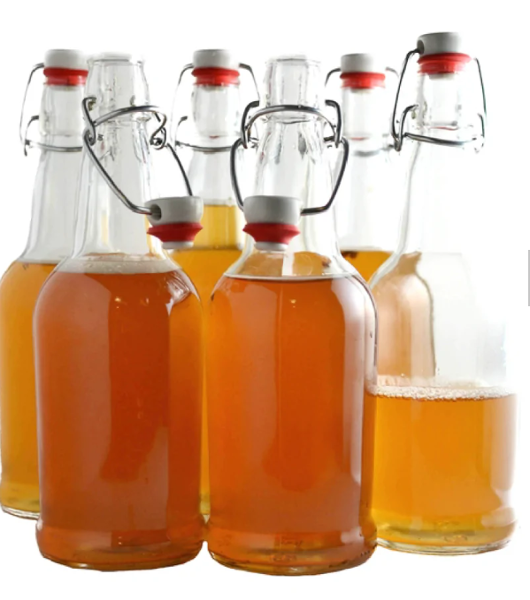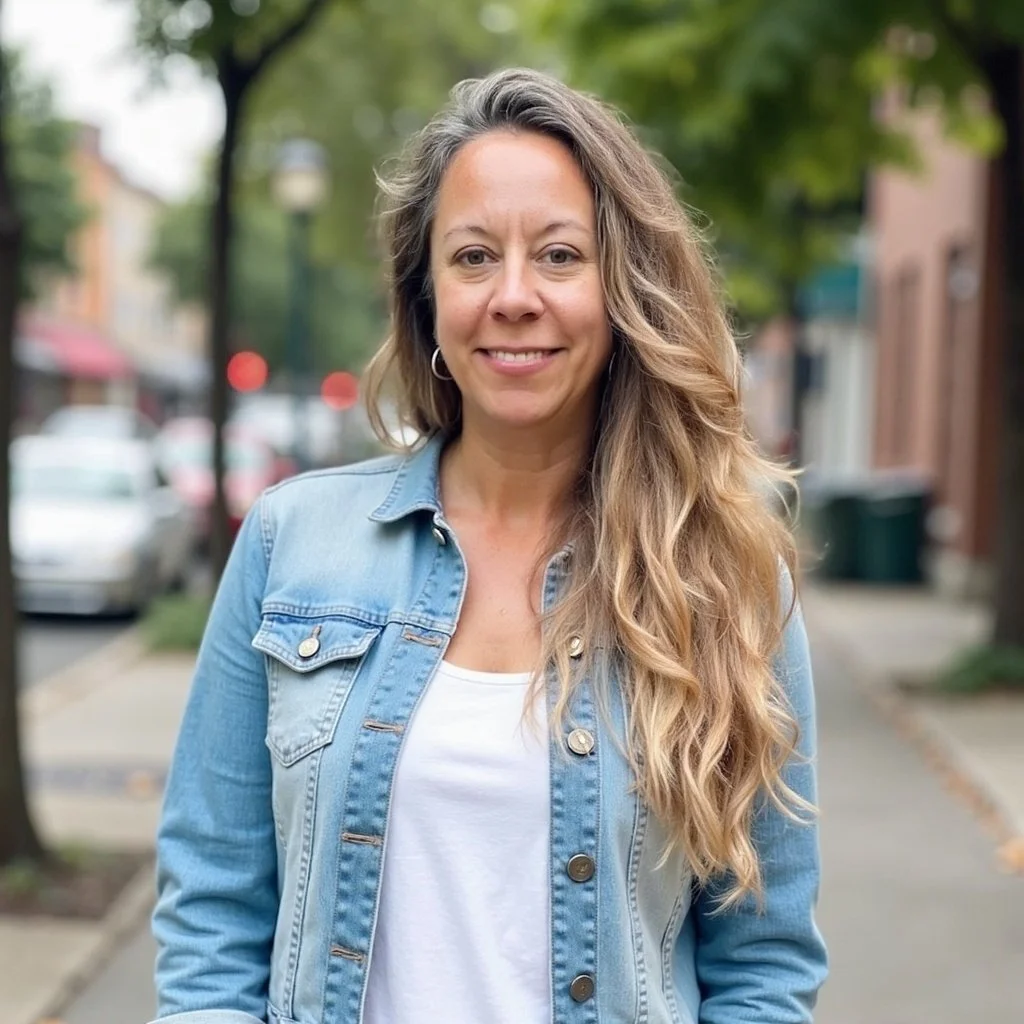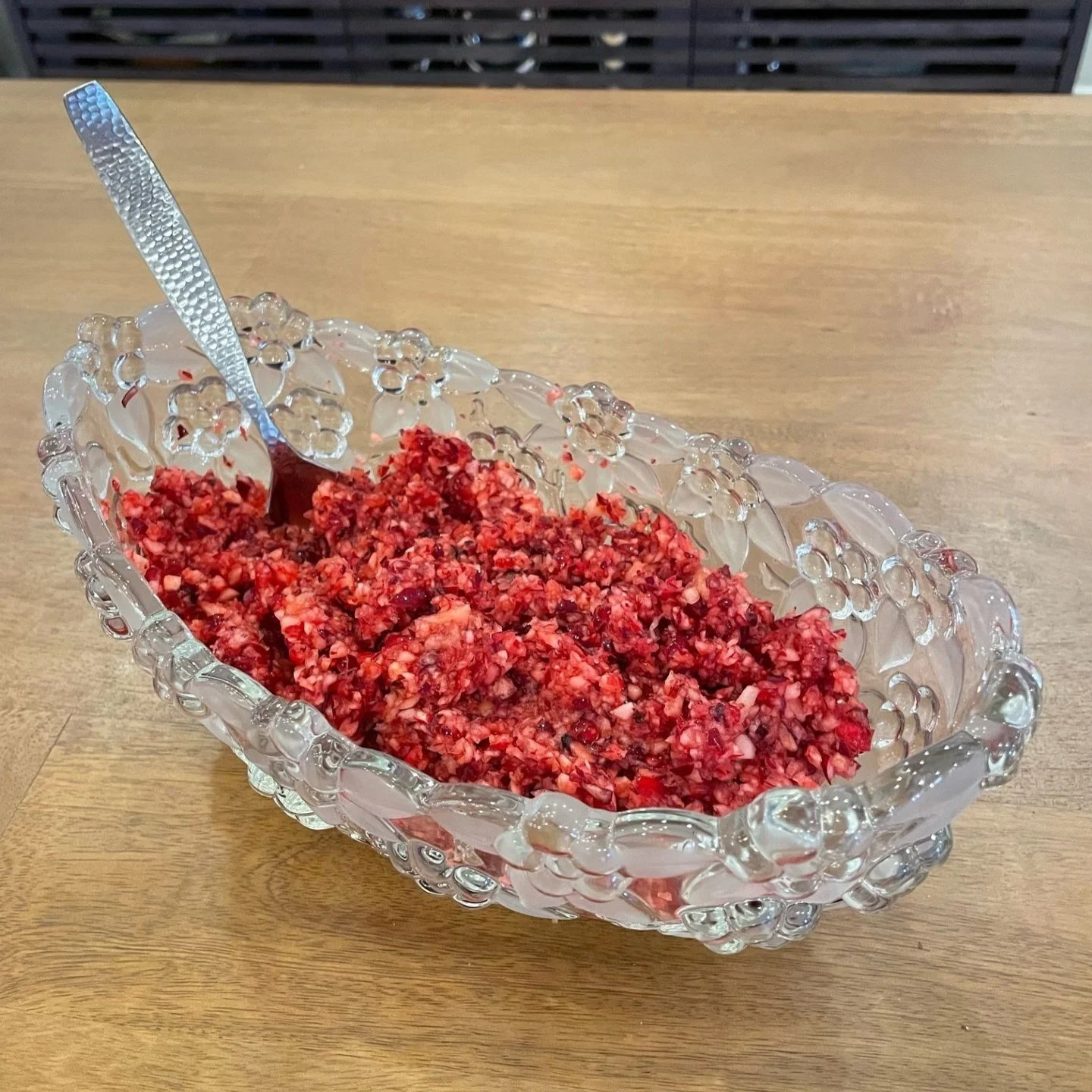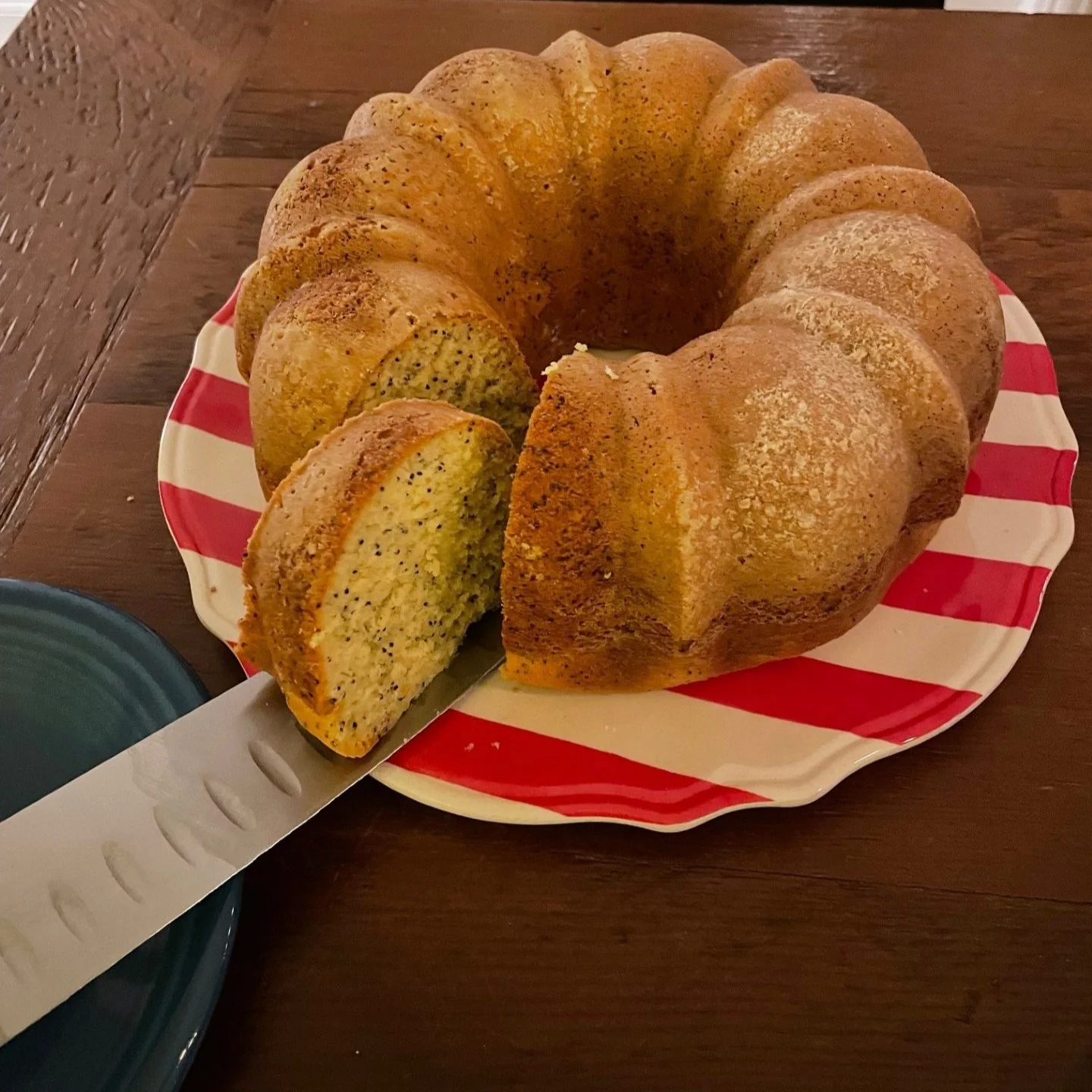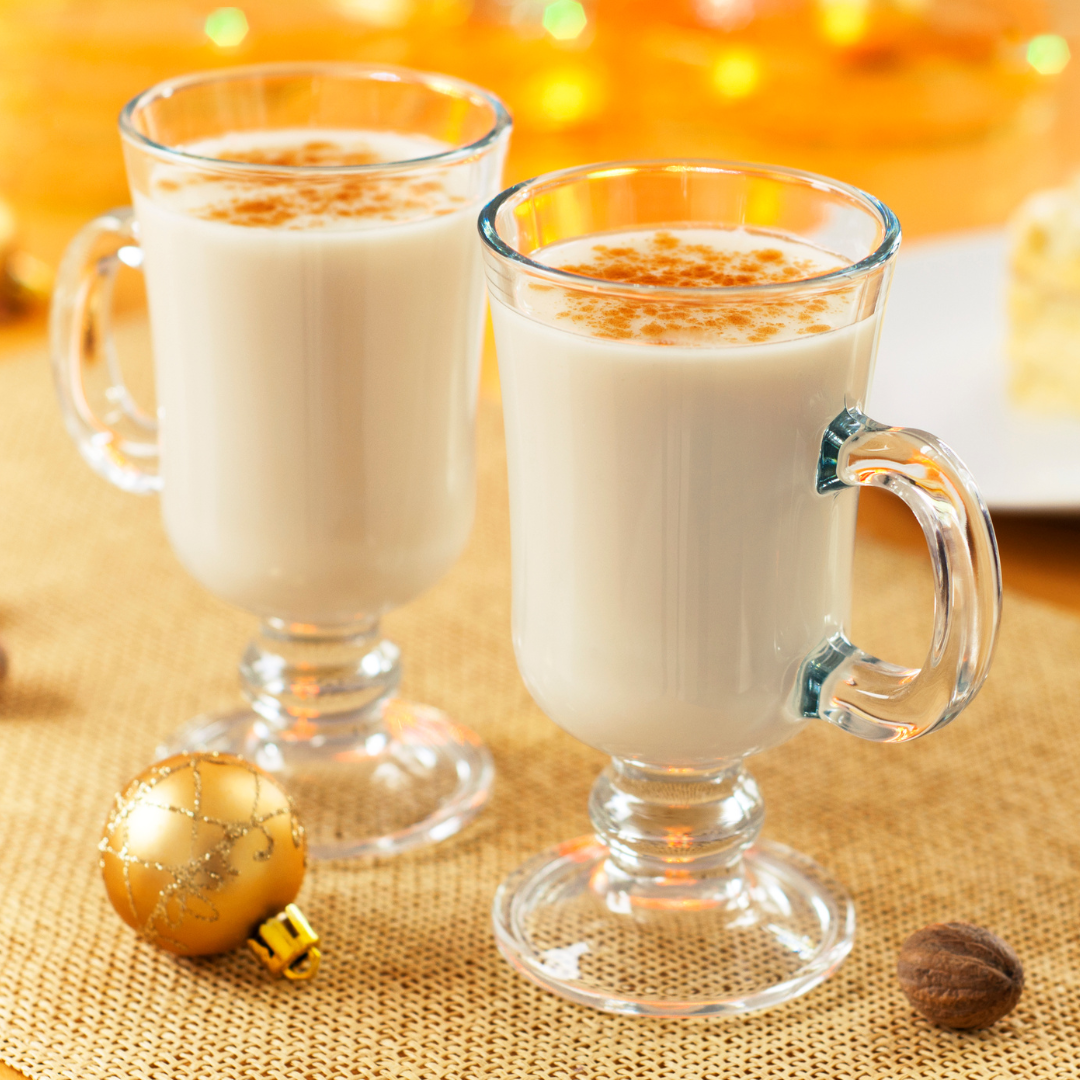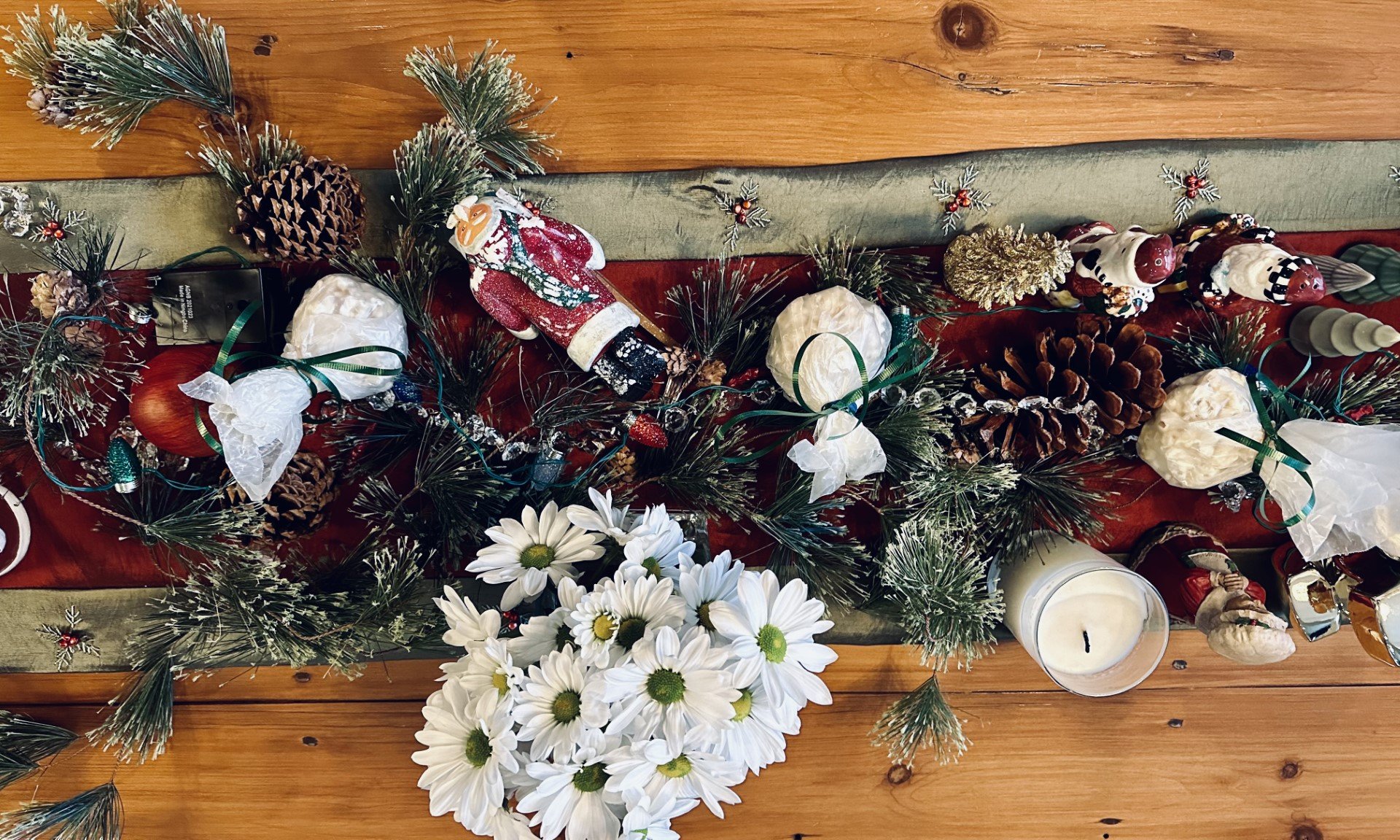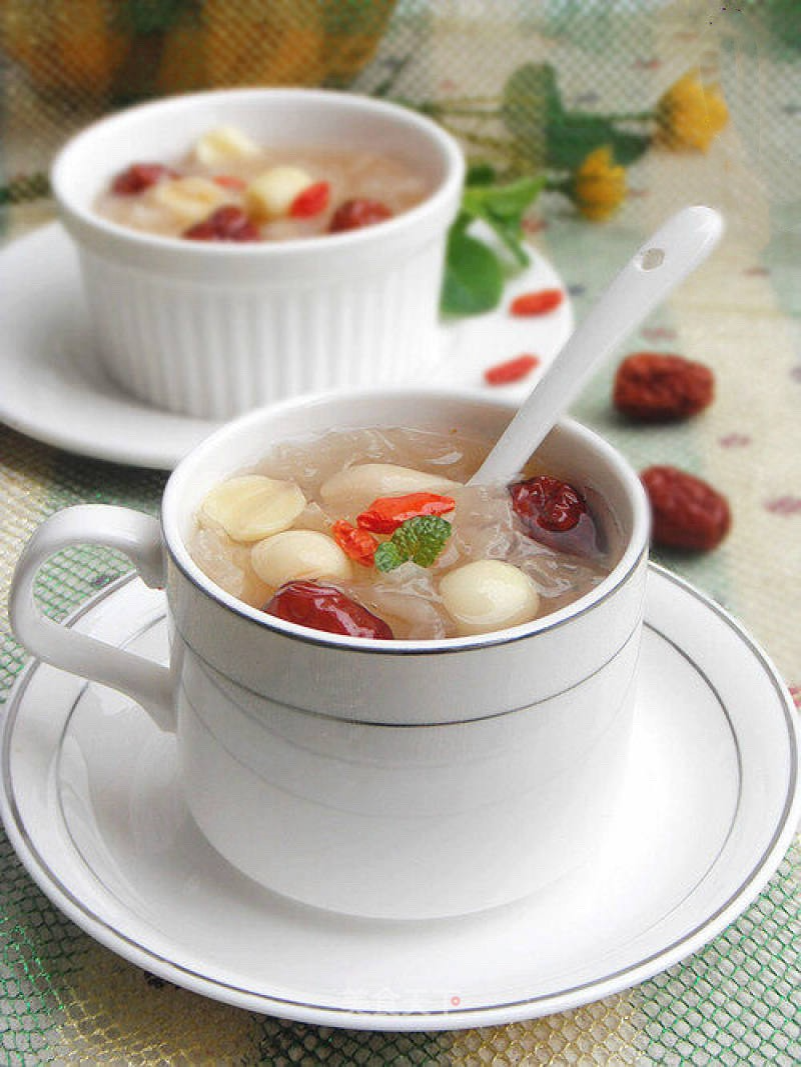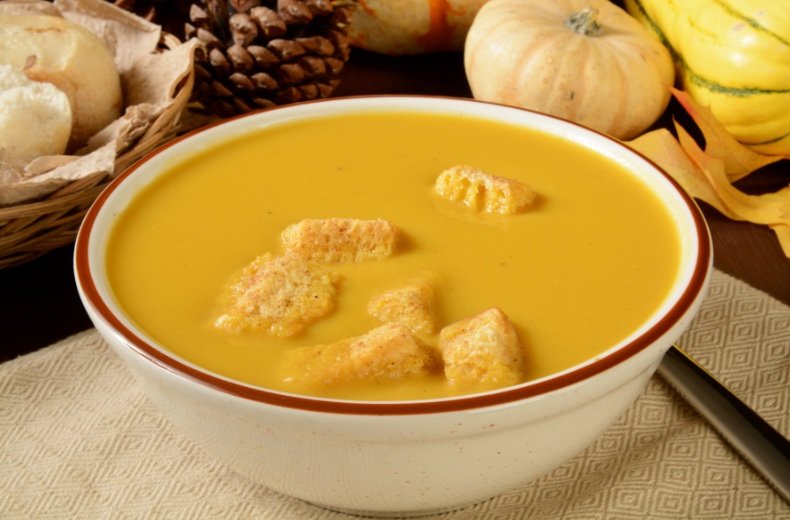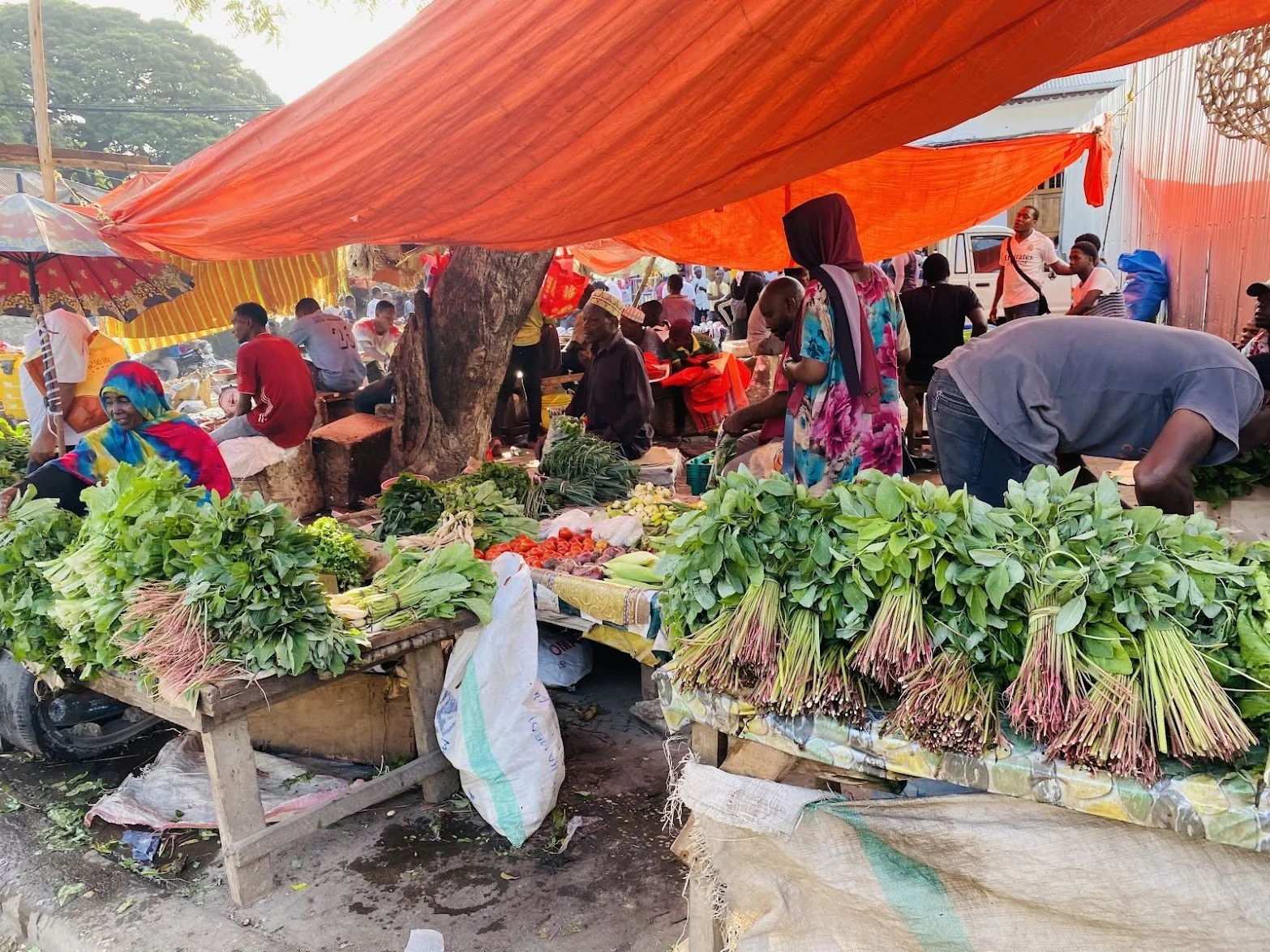For most of my 10-year bread quest, I had been using bread flour thinking that it was the obvious choice. Stumbling upon a recipe that called for all-purpose flour turned out to be a pivotal moment. That recipe called for milk, which I think is another key ingredient that ever so slightly enhances the flavor and texture of the bread. These two variables, all-purpose flour and milk, make perfect sense because, of course, Grandma would have used what was accessible, economical, and on-hand in her farmhouse kitchen.
That first loaf I produced was divine. It was a revelation. It was soft and fluffy, chewy and tender, with a hint of sweetness and exactly the right amount of crunch to the crust. This bread is perfect. It’s a delight for sandwiches and toast. Smothering a warm slice with butter and raspberry jam, as I did in Grandma’s kitchen, is a sacred sensory experience according to tantric wisdom; one can experience the divine in something as simple as a piece of bread, especially when it’s made with love. My quest was long, yet I prevailed. I think Grandma would be proud of my efforts.




